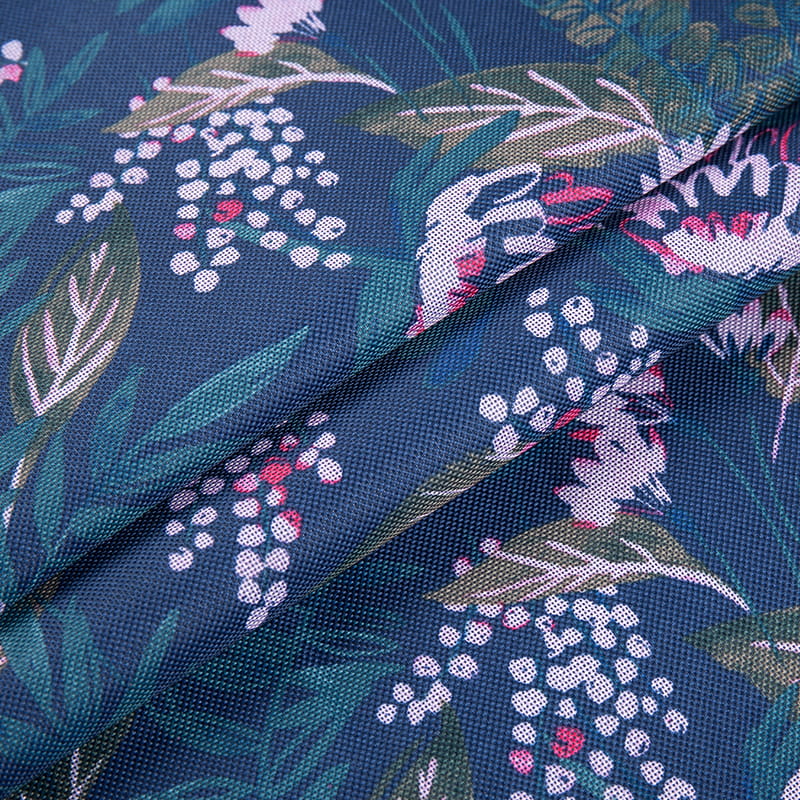
Thermal printing fabric can prevent image quality degradation by using a heat-based printing process that offers certain advantages over traditional ink-based printing methods. Here's how thermal printing fabric helps maintain image quality:
Heat-Set Images: Thermal printing fabric relies on heat to create images on the fabric. The heat activates the dyes or pigments in the thermal transfer ribbon, causing them to adhere permanently to the fabric. This heat-set process creates images that are less susceptible to smudging, bleeding, or fading compared to some ink-based methods.
Resistance to Smudging: Thermal prints are generally more resistant to smudging because the heat sets the image immediately upon printing. In contrast, traditional ink-based prints may remain wet and vulnerable to smudging until they dry completely.


Water and Moisture Resistance: Thermal prints are often more resistant to water and moisture compared to some ink-based prints, especially those using water-based inks. The heat-set images on thermal printing fabric are less likely to smudge or run when exposed to moisture, making them suitable for applications where water resistance is important.
Durability Under Washing: Thermal prints can withstand washing and laundering quite well. The heat-set images are less likely to fade, crack, or wash out during the cleaning process, ensuring long-lasting image quality.
Sharpness and Detail: Thermal printing fabric can produce sharp and detailed images. The heat-based process allows for precise control over the application of dyes or pigments, resulting in clear and high-resolution prints.
Color Consistency: Thermal printing fabric typically offers excellent color consistency. The heat-set process ensures that the colors remain true and stable, reducing the likelihood of color shifts or variations in the printed images.
Minimal Ink Spread: Unlike some ink-based methods that can experience ink spread on the fabric, thermal printing fabric maintains precise image placement and sharp edges, contributing to overall image quality.
No Drying Time: Thermal prints do not require drying time, as the heat sets the image instantly. This eliminates the need to wait for prints to dry and minimizes the risk of damage during handling.
Reduced Maintenance: Thermal printing fabric equipment often requires less maintenance compared to traditional ink-based printing equipment, as it does not rely on ink cartridges or frequent replacement of consumables.
Longevity: Thermal prints are known for their longevity. When applied correctly and under suitable conditions, they can maintain their image quality and color vibrancy for an extended period.
While thermal printing fabric offers many advantages for maintaining image quality, it's essential to choose high-quality thermal transfer ribbons and fabrics, properly calibrate and maintain the printing equipment, and control environmental conditions to achieve the best results. Additionally, monitoring the fabric for signs of wear or damage and taking preventive measures can help preserve image quality over time.



 English
English Español
Español










